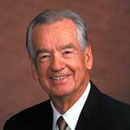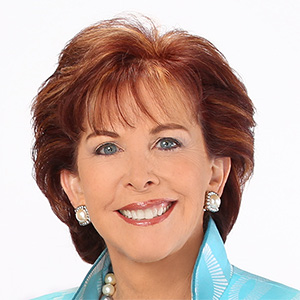5 Tips for Effective Workplace Communication Across Age Groups
Published in Business Articles
Today’s workplace brings together employees from various age groups, each contributing distinct perspectives shaped by their experiences. With generations collaborating daily, and whether working with seasoned veterans or recent hires, it’s essential to establish effective workplace communication practices that make everyone feel included and understood.
While age doesn’t define one’s ability or willingness, each generation often leans toward certain communication preferences. Understanding these can help you engage your team in ways that feel natural and productive. Adapting your communication style to align with these differences promotes team collaboration, enhances productivity, and builds an atmosphere of mutual respect.
1. Acknowledge Generational Communication Preferences
Each generation tends to have preferred ways of connecting, shaped by the technology and workplace norms they grew up with.
Baby Boomers often value face-to-face conversations, while Gen X might favor email for its efficiency. Millennials often lean on instant messaging for quick interactions, while Gen Z appreciates transparent, tech-forward communication. Resources like Working Voices on intergeneration communication can provide more insights into such differences.
To connect effectively, try recognizing these preferences and remain adaptable. Blending both traditional and digital approaches in meetings or active engagement settings can help everyone feel at ease. This isn’t about changing who you are; it’s about meeting others halfway to foster trust. When people feel their preferences and feedback are considered, they’re usually more open to meaningful exchanges.
2. Foster Respectful and Open Conversations
Team communication thrives when people feel free to share their thoughts without judgment. In teams with diverse age groups, differences in opinions or values can sometimes cause tension and communication barriers. However, an environment that promotes open, respectful communication can turn these differences into valuable insights.
Encourage all voices. A Baby Boomer’s industry insights can be just as valuable as a younger team member’s fresh ideas. Listening attentively and valuing each perspective builds a culture of respect and empathy.
Setting ground rules around proper communication can also be helpful. Emphasize that discussions should stay focused on ideas and problem-solving, not on personal attributes. This ensures that everyone feels safe contributing.
3. Prioritize Clear Communication
Clear, direct organizational communication is key in any workplace. When messages are straightforward, it minimizes misunderstandings, especially in fast-paced environments where clarity is essential. Focusing on the main points helps keep the conversation productive and prevents any misinterpretation.
Avoid using jargon that might be unfamiliar or casual abbreviations that might not resonate with everyone. By sticking to plain language, you help prevent generational misunderstandings. Additionally, when delegating tasks to prioritize, be clear about deadlines and expectations, ensuring everyone knows what’s needed.
Encourage team members to ask questions if they’re unclear. Some might hesitate, worrying it could make them appear inexperienced. Creating a space where questions are encouraged fosters learning and keeps everyone aligned.
4. Use Technology Inclusively
Technology is central to today’s workplaces, but how people engage with it often varies by generation. While younger employees may quickly adopt new communication channels and platforms, older colleagues might need more time to adjust. Effective communication considers these differences and strives for inclusivity and transparency.
When introducing new tools, offer training sessions so everyone feels confident using them. While younger employees may already know the ropes, additional support can be invaluable for others. This approach lets everyone learn at their own pace.
Balance traditional methods with digital tools to suit diverse preferences. While email and virtual team meetings are efficient, some conversations may be more effective in person or over the phone. Adapting to the needs of different team members fosters a more inclusive and positive work environment.
5. Promote Lifelong Learning and Adaptability
Communication styles and workplace dynamics constantly evolve, making flexibility a crucial skill. Encouraging a learning mindset within your team helps bridge generational gaps and keeps everyone adaptable to new trends.
Offer opportunities to strengthen communication skills through conflict resolution workshops, webinars, or mentorships. These resources provide valuable growth experiences and open doors for cross-generational learning. Employees from different backgrounds can share their perspectives in a structured setting, enhancing their understanding of one another.
Encourage everyone to experiment with new ways of communicating. A more experienced employee might try instant messaging for quick updates, while younger colleagues could benefit from practicing formal email etiquette. Open-mindedness promotes a team dynamic where everyone learns and grows together.
Final Words
Effective workplace communication across age groups goes beyond adjusting for preferences; it’s about creating a culture that values every voice. By acknowledging generational differences, emphasizing clarity, encouraging respect, using technology inclusively, and supporting continuous learning, you build a workplace that embraces diversity and fosters mutual understanding.
With these strategies in place, your team is equipped to collaborate seamlessly, driving both individual and collective success. Adopting these practices makes employee communication a unifying force that brings out the best in your team’s diverse talents.












Comments